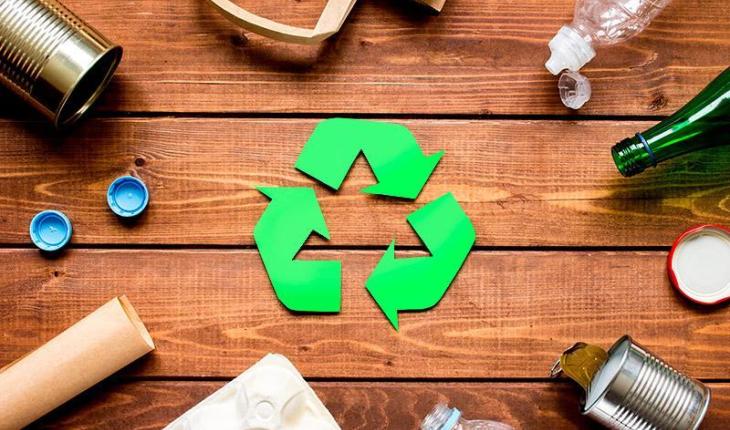EWC Codes: A Guide to Waste Classification.

What are EWC Codes?
EWC codes, or European Waste Catalogue codes, are a standardized system used across Europe to classify different types of waste. This classification system helps in the proper management, disposal, and recycling of waste materials. By assigning specific codes to various waste streams, it ensures efficient and environmentally friendly waste handling practices.
Why are EWC Codes Important?
EWC codes play a crucial role in several aspects of waste management:
- Regulatory Compliance: Adhering to EWC codes is essential for complying with local, national, and international environmental regulations.
- Waste Tracking and Reporting: By assigning specific codes, it becomes easier to track the movement and disposal of waste, enabling accurate reporting to authorities.
- Waste Treatment and Disposal: EWC codes help determine the appropriate treatment and disposal methods for different types of waste, minimizing environmental impact.
- Recycling and Recovery: By categorizing waste accurately, it facilitates recycling and recovery efforts, promoting a circular economy.
How are EWC Codes Assigned?
EWC codes are assigned based on various factors, including:
- Waste Composition: The chemical and physical properties of the waste.
- Waste Origin: The source of the waste, such as industrial processes, households, or construction sites.
- Waste Hazard Potential: The potential risks the waste poses to human health and the environment.
An EWC code is broken down into 3 groups of 2-digit numbers, each designating a particular group of information under which the code is generated:
1. Waste Origin:
- The first two digits of the EWC code indicate the broad category or chapter from which the waste originates.
- For example, chapter 01 covers waste from mining and quarrying, while chapter 10 covers waste from the chemical industry.
2. Waste Type:
- The next two digits within the chapter further specify the type of waste within that category.
- For instance, within chapter 01, 01 01 might represent waste from the extraction of coal, while 01 02 might represent waste from the extraction of metal ores.
3. Waste Composition and Properties:
- The final two digits of the EWC code provide a more detailed description of the specific waste, considering its composition, physical properties, and potential hazards.
- For example, 01 01 01 might represent coal mine waste, while 01 01 02 might represent coal mine tailings.
4. Hazard Status:
- An asterisk (*) after the six-digit code indicates that the waste is considered hazardous.
- This designation is crucial for proper handling, transportation, and disposal to minimize risks to human health and the environment.
Take a look at this useful tool provided by Wastesupport
Common EWC Code Categories
While the specific codes can be numerous and complex, some common categories of EWC codes include:
- Hazardous Waste: Waste that poses a significant risk to human health or the environment, such as toxic chemicals, infectious materials, and corrosive substances.
- Non-Hazardous Waste: Waste that is not considered hazardous, such as municipal solid waste, construction and demolition waste, and industrial waste.
- Special Waste: Waste that requires specific handling and disposal methods, such as electrical and electronic waste (WEEE) and end-of-life vehicles (ELVs).
Much of the material on our Recycling Marketplace material is grouped into 3 codes:
Firstly is the material origin:
15 – Packaging, Absorbents, Wiping Cloths and Filters
19 – Materials from Waste and Water Treatment
20 – Municipal Waste and Similar Materials From Commerce and Industry
The sub-chapters then define the type of waste:
15 01 – packaging (including separately collected municipal packaging waste)
19 12 – mechanical treatment of waste (for example sorting – crushing – compacting – pelletising) not otherwise specified
20 01 – separately collected fractions (except 15 01)
The final sub-chapters confirm the composition and properties:
| EWC Code | Description |
|---|---|
| 15 01 01 | paper and cardboard packaging |
| 15 01 02 | plastic packaging |
| 15 01 03 | wooden packaging |
| 15 01 04 | metallic packaging |
| 15 01 05 | composite packaging |
| 15 01 06 | mixed packaging |
| 15 01 07 | glass packaging |
| 15 01 09 | textile packaging |
| EWC Code | Description |
|---|---|
| 19 12 01 | paper and cardboard |
| 19 12 02 | ferrous metal |
| 19 12 03 | non-ferrous metal |
| 19 12 04 | plastic and rubber |
| 19 12 08 | textiles |
| 19 12 12 | other wastes (including mixtures of materials) from mechanical treatment of wastes other than those mentioned in 19 12 11 |
| EWC Code | Description |
|---|---|
| 20 01 01 | paper and cardboard |
| 20 01 02 | glass |
| 20 01 10 | clothes |
| 20 01 11 | textiles |
| 20 01 39 | non-hazardous plastic waste |
Conclusion
Understanding EWC codes is crucial for businesses and individuals involved in waste management. By properly classifying waste, we can contribute to a more sustainable future and reduce the environmental impact of our activities.
